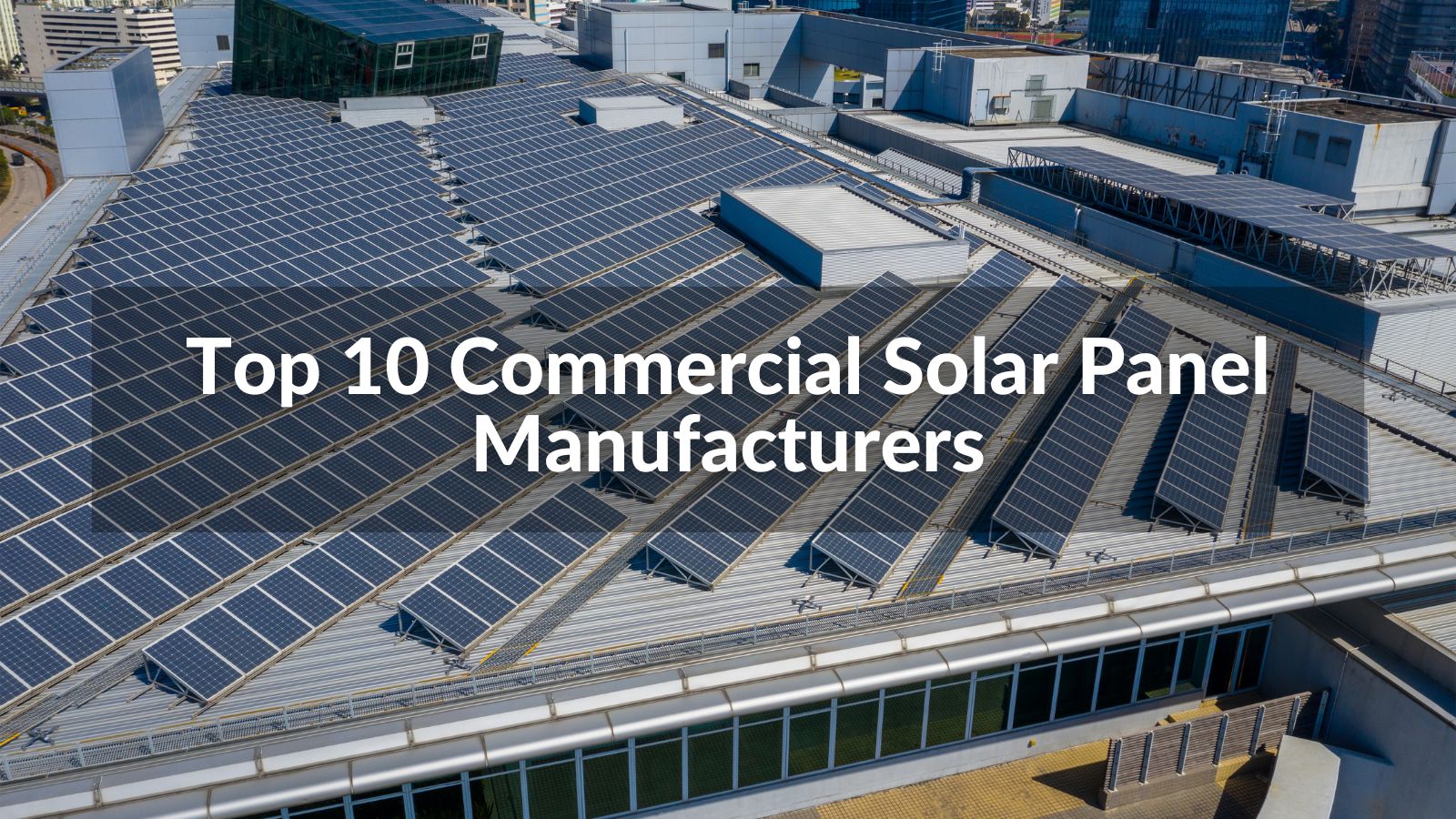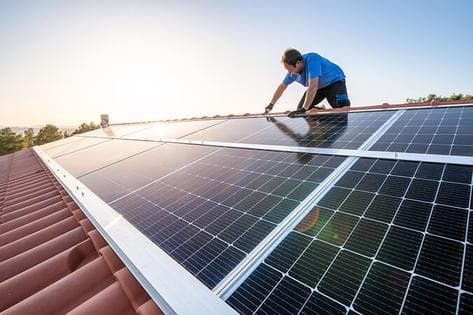Rumored Buzz on Residential Solar Panels Pa
Rumored Buzz on Residential Solar Panels Pa
Blog Article
Net Metering In Pennsylvania: Our Firm Specializes In The Setup And Management Of Photovoltaic Energy Systems
History and Development of Photovoltaic Panel Companies
The inception of photovoltaic panel business can be traced back to the 1800s when Alexandre Edmond Becquerel found the photovoltaic effect. Would he have imagined how his discovery would reinvent the method we harness energy?
Early Starts

In 1954, Bell Labs developed the first useful solar battery. This marked a significant milestone in the history of solar energy. They were initially utilized to power space satellites, but who understood this was simply the beginning?
Evolution and Growth
- In the 1970s, an energy crisis caused increased interest in eco-friendly energy sources, consisting of solar power.
- By the 1990s, advancements in technology and increasing ecological awareness led to the development of solar panel companies worldwide.
A New Age
As we entered the 21st century, the solar market witnessed a rapid growth. The demand for tidy and eco-friendly energy caused a brand-new period in the photovoltaic panel market.
Fascinating Facts
- The world's very first solar power station was integrated in 1982 in Hisperia, California.
- By 2019, solar energy had actually ended up being the world's fastest-growing source of power.
The journey of solar panel companies has been remarkable, hasn't it? The future holds tremendous capacity, with constant improvements paving the way for a sustainable future. Can we imagine a world powered entirely by solar power?
Moving on
Today, photovoltaic panel companies continue to innovate, striving for more effective and economical services. The development of solar power has come a long method, and yet, the journey has simply begun.
The Core of Photovoltaic Panel Production
Ever question what goes into creating those glossy, sun-loving solar panels? The procedure is as excellent as the end product (Affordable Solar Panels PA). High-purity silicon, the main ingredient in solar panels, undergoes different transformations to ensure its effectiveness and resilience
From Sand to Silicon
Crystalline silicon, the foundation of many photovoltaic panels, stems from simple sand. It's a fascinating journey, isn't it? The sand undergoes a high-temperature response with carbon to form silicon. However, this isn't just any silicon. The silicon used in photovoltaic panels is "solar-grade," with a pureness of 99.9999%. It's this pureness that makes it possible for the panels to successfully transform sunlight into power.
Ingot Development
When the silicon is pure enough, it's time to form ingots. Picture a large, cylindrical block of solid silicon. How is this achieved? Through a process called Czochralski procedure, where the silicon is melted and after that slowly recrystallized. It's a slow dance of science, resulting in a solid product that is nearly as pure as the raw silicon itself.
Slicing into Wafers
The ingots are then sliced into wafer-thin pieces, like slicing a loaf of bread. Each slice is a prospective solar cell, waiting to harness the power of the sun. Did you know that the silicon wafers are just about 200 micrometers thick? That's about half the density of a human hair! The process requires precision and patience, however the outcome is a set of wafers ready to be turned into solar batteries.
Developing Solar Cells
With the wafer prepared, it's time for the magic to occur. The silicon wafer is 'doped' with other elements like phosphorous and boron to produce an internal electrical field. It's this field that makes it possible for the conversion of sunlight into electrical power. Complex, isn't it?
Assembly and Quality Assurance
Solar cells resemble puzzle pieces that come together to form a photovoltaic panel. The cells are soldered together in a grid-like pattern, then covered with a protective layer of glass. The final step includes extensive quality control checks. After all, it's necessary that every solar panel performs at its peak, would not you agree?
Expert Tip
Always remember that even the most efficiently manufactured solar panel can lose efficiency due to dirt and particles accumulation. Regular cleansing can considerably enhance your panels' efficiency.
Understanding the Ecological Impact of Photovoltaic Panel Companies
Ever considered the environmental footprint of a photovoltaic panel business? Green innovation, such as solar, has transformed our energy landscape, however what about the behind-the-scenes impact?
The Manufacturing Process: A Double-Edged Sword
The manufacturing procedure for solar panels requires a significant amount of energy. This procedure, understood as 'em bodied energy', can be viewed as a kind of 'energy debt'. It's a little like borrowing today's sunlight to power tomorrow's energy needs. But stress not, the energy payback time is frequently shorter than you 'd believe!
- The energy payback period for solar panels is usually 1-4 years.
- After this duration, the energy produced is essentially carbon-free.
/https://static.texastribune.org/media/images/2014/09/29/SolarINspection.jpg)
Life After Decommission
And what takes place when a solar panel reaches completion of its life expectancy? Can it just be tossed into the garbage? No, that would not be extremely green, now, would it?
A feasible service is recycling. While photovoltaic panel recycling is still in its infancy, it holds a world of potential. check here Recycling not only keeps products out of landfills however also minimizes the requirement for new basic materials.
Accountable Sourcing: More Than A Buzzword
Where does the silicon come from, you ask? Unfortunately, the market's demand for silicon and uncommon minerals can cause damaging mining practices. Responsible sourcing is for that reason crucial to decrease hazardous environmental effects.
Reduced Carbon Emissions: The Larger Photo
Let's not forget the bigger photo: solar power considerably minimizes carbon emissions. As soon as installed, photovoltaic panels create tidy, renewable resource, offsetting their initial production footprint.
In other copyright, the ecological impact of solar panel business is a complex concern. However, with responsible practices, the pledge of a cleaner, greener future is well within our grasp.

Financial Performance and Market Share of Photovoltaic Panel Business
Ever wondered why some solar panel business - Residential Solar Panels PA beat others in the market? What sets them apart? The crucial depend on their monetary performance and market share
Financial Efficiency: An Important Indicator
Financial performance plays a critical role in the success of any business. For photovoltaic panel business, it's no different. Strong monetary performance makes it possible for these companies to invest in innovative technology, research study, and advancement, therefore producing high-quality, efficient solar panels.
How do they attain this? With a focus on cost performance and tactical investments. Business that manage to decrease production expenses without jeopardizing on quality tend to fare better in the market.
Market Share: A Procedure of Success
Market share, on the other hand, is a direct reflection of a company's appeal amongst customers. A high market share implies more homeowners are choosing their photovoltaic panels over rivals.
So, what's the secret recipe for acquiring a larger market share? It boils down to customer complete satisfaction and brand name track record. Companies that focus on consumer requirements and preserve a positive brand image are more likely to capture a bigger share of the marketplace.
- Customer Fulfillment: Photovoltaic panel companies that provide reliable items and exceptional client service tend to have higher client complete satisfaction rates.
- Brand Credibility: A strong brand credibility is constructed gradually through consistent shipment of quality services and products.
Financial Performance and Market Share: The Symbiotic Relationship
Remarkably, the relationship in between monetary efficiency and market share is not one-sided. They feed off each other. A strong financial performance can increase a company's market share, while a high market share can improve monetary performance.
As a solar panel business, stabilizing these two aspects is essential for long-lasting success. A business that ignores either of them might find it challenging to maintain its position in the competitive solar industry.
The Takeaway
What does all this mean for you? Whether you're a property owner wanting to install solar panels or an investor eyeing the solar market, understanding the monetary performance and market share of solar panel business is important. They are essential indicators of a company's health and capacity for future development.
Report this page